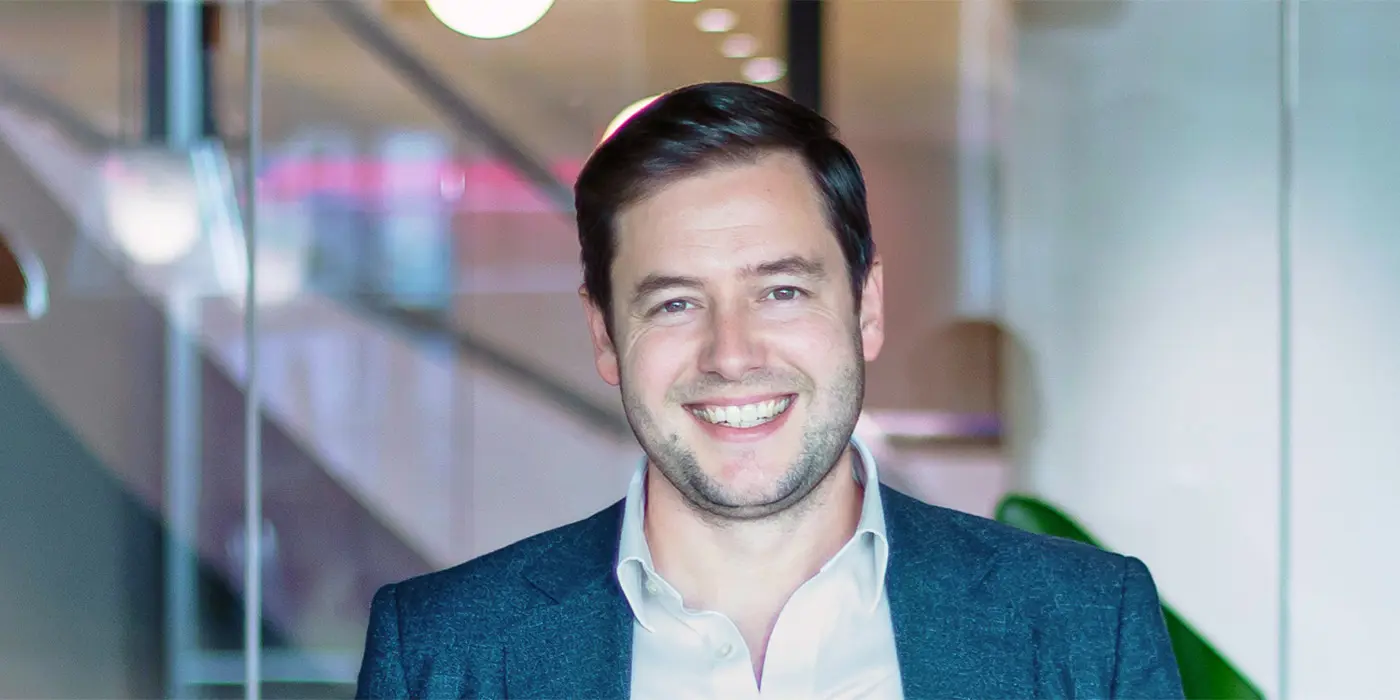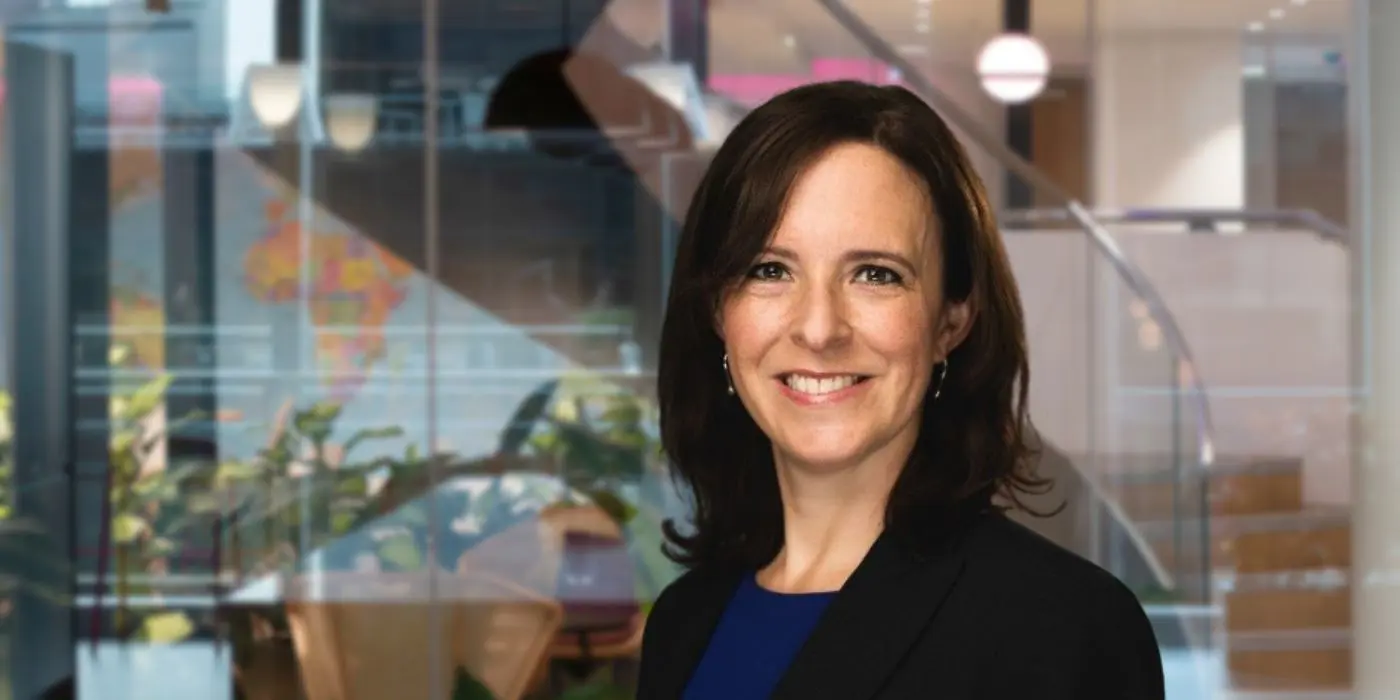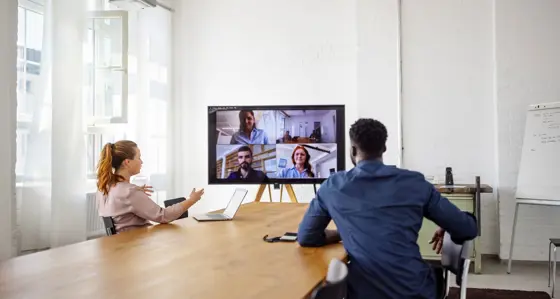
Leading successful transformation
9 min read 6 June 2024
People are what makes a transformation a success – from those who enable and deliver it to the those who are impacted by, and benefit from it. But not every transformation puts people at the heart of the purpose, strategy, delivery, and the intended outcomes of the transformation.
People-led change starts with the leadership team – are your leaders transformation ready?
Communicating what’s changing and why is not enough. Leaders must commit emotionally, embrace and live the change, taking an active role in shaping and consistently role modelling the future behaviours and mindsets that are needed for success.
It’s essential to engage and align leaders early in the transformation journey – Being clear on their purpose and building collective accountability for leading and delivering change through teams, underpinned with an enabling team structure. The team’s purpose is not the same as the organisation’s strategy; although the team’s purpose might be to deliver that organisations strategy. In our experience, this is about understanding and analysing the constructs, constraints, and demographics of the leadership team, helping them embrace their strengths and address barriers that will hinder transformation efforts. It’s not often a comfortable experience but getting this right at the beginning pays dividends later (going slow to go fast).
Followers directly contribute to approximately 80% of organisational success, whereas leaders may contribute to only 20% of such success (Kelley, 1992). Effective leadership teams recognise the power of followership in delivering transformation and motivate it by engaging and inspiring their teams through a compelling vision. This sets clear goals, shapes the path, makes sure everyone understands what success looks and feels like, and ensures their teams have the tools, resources and support they need to deliver performance and fulfil their potential. Being vocal with your broader team matters – frequency and consistency of messaging will maintain confidence and momentum.
We work with leaders to define, build, and activate the right environment and ways of working that will optimise their ability to lead large-scale transformations that deliver value and impact. We co-create immersive experiences and develop bespoke coaching, mentoring, and learning resources aligned to future behaviours, mindsets and the context of the transformation – accelerating leadership readiness through knowledge sharing, constructive challenge and real-case scenarios that develop new skills, behaviours, and ways of thinking
To create momentum, mobilise the right teams, and build enduring impact from a transformation, there are two requirements:
1. Building an organisational culture to enable transformation success
"Organisations with a strong culture witness up to 85% increase in net profit and 50% increase in employee engagement scores."
Gallup, 2022
Human dynamics are what makes a ‘high performing team’.. Without engagement from employees, organisational transformation is near impossible. A healthy organisational culture, with high levels of engagement and trust must be the foundation - this creates an environment for growth, enables resilience and agility in the face of change, and means more work can get done. A critical mistake organisations often make during transformations is to underplay the role of culture or to only focus on the superficial ‘visible’ elements of culture – eg posters stating the organisational values, a website that communicates the focus on customers, or the strategy document that talks about valuing people. However, the what really makes the difference is how people perceive the culture - the beliefs and mindsets that define the way they behave and experience the organisation – and how leaders build and maintain trust throughout the journey. A culture of trust can manifest itself on many levels, but consistently a team should portray:
- Vulnerability – With team members having the confidence to ask for support.
- Constructive conflict – Promotion of healthy debate and challenge, yet recognised with a positive intent that drives towards making robust decisions.
- Loyalty – Acting as a united front to internal and external stakeholders.
It's hard to justify investing in something that seems invisible but forming a solid understanding of your organisation’s perceived culture and taking time to define the change required to achieve the transformation objectives serves as both a starting point for supporting success and a general health check to guide where cultural investments need to be made.
Baringa’s approach to introducing and embedding a new culture involves a five-step process:
- Define the transformation goal and cultural requirements to enable it – uniting leaders around a common vision and understanding what culture, mindsets and behaviours are required to get there
- Get a clear idea of where you are today – what are the mindsets and behaviours that define the existing culture and what is the gap between them and those defined in step 1?
- Understand your existing cultural ‘promoters’ – you will uncover some mindsets and behaviours that are likely to promote your desired culture and some which could detract from it. Capitalising on those ‘promoters’ is a great way to ensure consistency and build trust as you’re going through a transformation.
- Co-create the full set of behaviours and mindsets required to drive the change with employees and build a picture of the target culture required to achieve the transformation goals.
- Design a culture activation roadmap which enables the realization of the new target culture, aligning your visible and hidden cultural levers to create a congruent system.
Critical to the activating your new culture is creating congruence in the wider cultural system; updating operational policies, processes and organisational structures to align with your target culture. The activation journey needs to go beyond a communications campaign – it must win hearts and minds, be led by transformation-ready leaders, be immersive and engaging, and feel different to test and embed new ways of working. But the work doesn’t end there; listening and iterating are key behaviours for transformation teams to build a culture fit for the future.
2. Building capability for success
Effective leadership teams make it a priority to create teams across their organisation that are organised, motivated and well informed to deliver value-driven transformation. To create successful teams, you must maximise capability. This can be achieved by bringing together the right number of people, with the right skills, knowledge, and behaviours, organised in the right way, and within the right environment of leadership, teaming, and culture.
We think about capability through three lenses (individual contribution):
- Skills – the role-related abilities required to identify and deliver change.
- Knowledge – understanding of the organisation, its context, and how it operates, informing the transformation and enabling things to get done.
- Behaviours – the essential behaviours at all levels that will enable the skills and knowledge to deliver and sustain transformational change.
We action these in conjunction with three multipliers (team contribution):
- Capacity – ensuring the right volume of capability to deliver the change required.
- Structure – organising the team to ensure capabilities are available when and where required.
- Leadership, teaming and culture – creating an environment which enables capability to be deployed effectively by all, focussed on clear, aligned objectives, within a culture which fosters enhancement and sustainability of capability beyond the duration of change.
Transformation is complex and demanding, and the capabilities required to execute transformation effectively are deep and broad. Completing a capability assessment as part of your transformation mobilisation will provide you with critical insights on the capabilities you have today, where they exist and any gaps – enabling you to build a comprehensive capability plan to drive data-led, informed decisions on how you source, build and mobilise capability throughout the transformation and beyond. Some key ‘get rights’ when delivering your capability plan:
- Maintain the integrity of the business case when hiring people into the organisation.
- Optimise capabilities that exist in your organisation today, without jeopardising BAU operations.
- Identify and prioritise capability build requirements early in the transformation journey to allow sufficient time to design, develop, test, and implement learning experiences and resources with end-users.
- Accelerate capability and capacity through external sources e.g., partnerships, but ensure you remain contractually in control and that your teams’ capability is developed concurrently with your partners.
For capability to thrive, starting with your leaders you must create an environment that sustains the transformation and creates the right conditions for success. Once you are clear on your capability requirements, reviewing roles and structures, alongside assessing your workforce infrastructure will enable you to identify enablers and barriers to capability growth and optimisation. You can activate capabilities through proactive talent management, learning and career pathways, and incentivise adoption by transforming how individual and team performance is understood, measured, and rewarded.
Measuring business impact is essential for continuous improvement and both informs and drives a learning culture where a growth mindset is embraced to deliver targeted and adaptable capability building.
Start with your leaders, build trust and nurture the capabilities and culture that will unlock your ability to lead people through successful transformation, and deliver your organisational purpose and performance by putting people first to create impact that lasts. To find out more, get in touch with one of our experts.
Our Experts



Related Client Stories

Digital transformation of a global insurance company’s IT infrastructure
How do you fully refresh and upgrade IT to help employees and critical systems?
Read more
Helping a telco turn digital transformation into competitive edge
How can a large telco unlock the advantages of digitalised operations and agile ways of working?
Read more
Commercial transformation of a global mass media company enabled by Salesforce
Unifying a 1,000-strong global commercial organisation with Salesforce CRM
Read moreIs digital and AI delivering what your business needs?
Digital and AI can solve your toughest challenges and elevate your business performance. But success isn’t always straightforward. Where can you unlock opportunity? And what does it take to set the foundation for lasting success?